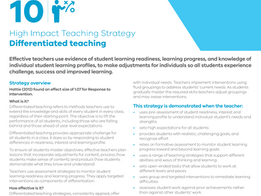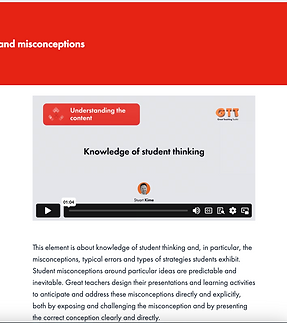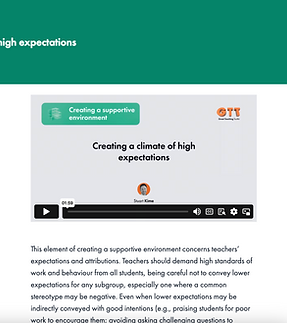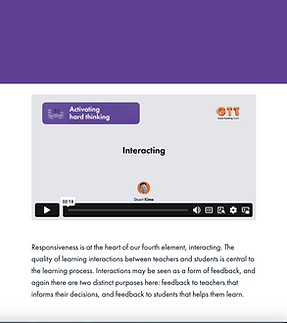Overview

Differentiated teaching are methods teachers use to extend the knowledge and skills of every student in every class, regardless of their starting point.
The objective is to lift the performance of all students, including those who are falling behind and those ahead of year level expectations.
To ensure all students master objectives, effective teachers plan lessons that incorporate adjustments for content, process, and product.
Key Elements
-
High quality, evidence based group instruction
-
Regular supplemental instruction
-
Individualised interventions

Related Effect Sizes
• RTI - 1.07
• Piagetian programs - 1.28
• Second and third chance programs - 0.5
This strategy is demonstrated when the teacher:
Uses pre-assessment of student readiness, interest and learning profile to understand individual student’s needs and strengths
Sets high expectations for all students
Provides students with realistic, challenging goals, and recognise effort
Relies on formative assessment to monitor student learning progress toward and beyond learning goals
Uses a range of teaching strategies that support different abilities and ways of thinking and learning
Sets open-ended tasks that allow students to work at different levels and paces
Uses group and targeted interventions to remediate learning difficulties
Assesses student work against prior achievements rather than against other students’ work.
This strategy is NOT demonstrated when the teacher:
Sets the same work for all students
Provides little variation in teaching strategies, resources and groups composition
Assesses all student work against general criteria
Applies differentiated teaching strategies only for gifted students
Establishes consistently inflexible groupings.
This strategy is demonstrated when students:
Can choose learning activities based on agreed goals
Are assessed against prior achievements, rather than against other students’ work
Are supported and challenged to reach their learning potential.
Typical problems of practice in this area:
"I give all of my students lots of output options, but this doesn't always result in more student success." Open choice can often be overwhelming; designing multiple modes of output/expression is only ONE aspect of UDL and not the same as differentiation
"I can't change the mode of output (i.e. high stakes exam) in my course--they're externally determined." Designing multiple modes of output/expression is only ONE aspect of UDL and not the same as differentiation
"I spend so much time developing alternative resources for differentiation, but students rarely make use of them!"
"There are so many mixed learning profiles in my classroom... I can't figure out how to address all the different needs."
"I have so much content to cover--the course just doesn't lend itself to authentic differentiation."
"How can I design multiple means of engagement when the pace of the course is so fast?"
Possible LfL questions to ask students
JS: Do you get to choose how to show what you’ve learned, like drawing, talking, or making a project? Tell me about it.
JS: “Is this lesson easy, just right or hard? Why?”
-
Learners experience supportive, respectful, and authentic relationships
-
Learners thrive in an environment that is both safe and challenging
-
Learners understand the purpose of their learning
-
Learners readily connect new learning with previous knowledge, concepts and skills
-
Learners feel individually challenged at an appropriate level
-
Learners have increasing agency in their learning
-
Learners receive ongoing feedback
-
Learners experience a range of learning and teaching methodologies
-
Learners have ample opportunities to practise
-
Learners have regular opportunities to collaborate with and learn from others
Reminder of the TLPP
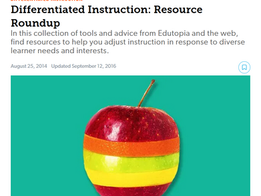
Training Materials from GTT (Great Teaching Toolkit)
How the Great Teaching Toolkit supports this HIT
Element 1.4 Strategies and misconceptions
Element 2.3 Learner motivation (See article “A whole brain approach for students and teachers”)
Element 2.3 Learner motivation (See article “How much thought is happening in the classroom?”)
Element 2.4 Climate of high expectations (See article “Supporting SEN & neurodiverse students with post-16 transitions”)
Element 4.1 Structuring (See article “Useful learning”)
Element 4.4 Interacting (See article “Desirable difficulties”)
Element 4.5 Embedding (See article “Learning in the brain”)
Element 4.5 Embedding (See article “Spacing improves long-term retention”)
Element 4.6 Activating


















